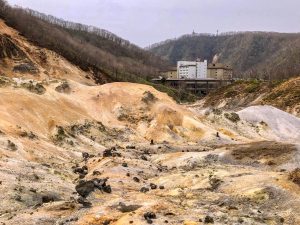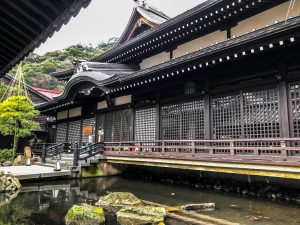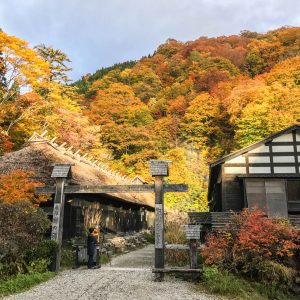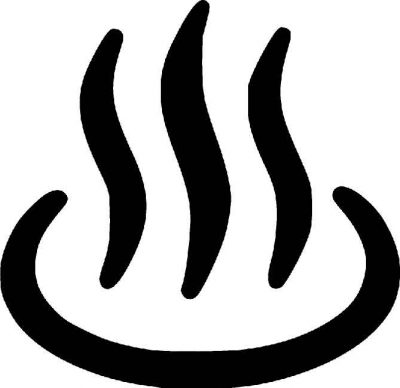

Why Stay at an Onsen?
While the baths are the main reason the Japanese enjoy visiting onsen, the lure does not begin and end with the baths. Onsen hotels will also provide their guests with the famous Japanese service (おもてなしomotenashi) and hospitality. And if that isn’t enough, the hotels will also serve the best of the local food specialties to their guests. So, if relaxing in hot mineral water, and enjoying the best in service and food does not appeal to you, we recommend you not stay at an onsen. (Just kidding!) Staying at an onsen is a very Japanese experience, and we highly recommend it at least once. Whenever the Japanese (and myself) have a couple of days off, they will typically look for an onsen to visit. Since there are so many, it is impossible to visit all of them in a single lifetime (although I am doing my best to do just that).





